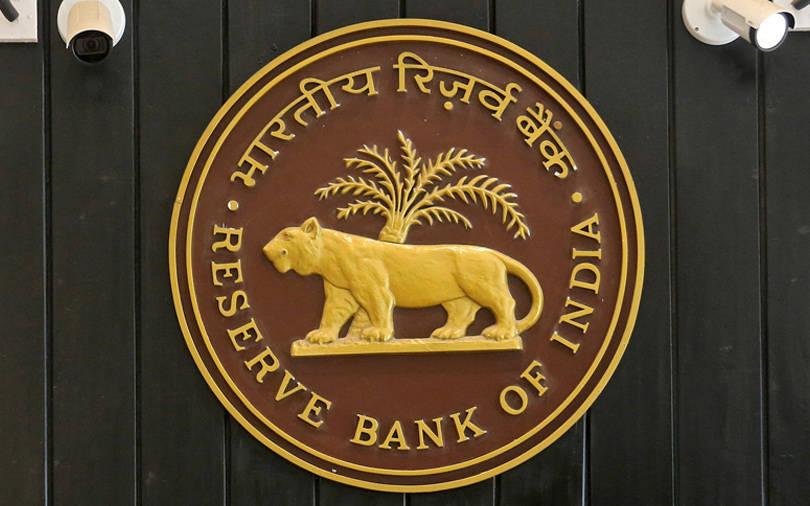The Indian government will receive a windfall from the central bank in the current financial year thanks to a much higher-than-expected dividend, allowing Prime Minister Narendra Modi’s administration to provide a tottering economy with additional fiscal stimulus.
The decision by a committee specifically set up to look at whether the Reserve Bank of India (RBI) was holding on to too much of its reserves recommended that it provide the government with 1.76 trillion rupees ($24.62 billion) as a dividend in the bank’s fiscal year that ended June 30.
Although 280 billion of the 1.76 trillion rupees has been transferred to the government, that leaves 1.48 trillion rupees to be moved across in the current fiscal year that started on April 1, a statement by the RBI said on Monday.
The RBI follows the July to June 12 month calendar.
The amount of transfer this year is more than double the 680 billion rupees that it provided in the previous year. The committee’s proposal was backed by the RBI’s board.
"This is a structurally positive move as the surplus sitting with the central bank will now be used to stimulate the economy not only now but in the years to come," said Mahendra Kumar Jajoo, head of fixed income at Mirae Asset Global Investments in India.
He said the transfer of funds may not change the fiscal deficit much, but the bond market will take it very positively.
"The upside risks to bond yield will reduce considerably and give confidence to the market players to build long positions," he said.
It will, though, lead to concerns that the government has again been able to bully the central bank into doing its bidding. New Delhi’s pressure on the Mumbai-based RBI helped to trigger the departure of former central bank governor Urjit Patel last year.
Finance Minister Nirmala Sitharaman proposed a series of measures to help the economy and financial markets in an announcement on Friday but some economists said there was a need for an additional stimulus package.
A source familiar with discussions said the government will use the funds to stimulate the economy by cutting taxes and providing more money for housing finance companies.
The committee recommended that the central bank should keep 5.5 to 6.5% of its total assets as the contingency risk buffer (CRB) to meet any emergency fund requirements and transfer the remaining funds to the government, the statement said, as against nearly 7% in 2017/18.
The central board will decide on the level of the risk provisioning from this range, the statement said.
Bonds edge up, rupee gains
Indian bonds edged up to their highest in three weeks while the rupee rose after the Reserve Bank of India (RBI) approved the transfer of a much higher-than-expected dividend to the government, soothing concerns of fiscal slippage.
Finance Minister Nirmala Sitharaman proposed on Friday a series of measures to help the economy and financial markets although some economists said there was a need for an additional stimulus package.
The measures announced so far and others in the pipeline have raised fears the government would expand its fiscal deficit from the targetted 3.3% of gross domestic product, which could lead to an increase in market borrowing.
The surplus transfer, however, has assured investors and markets that there is unlikely to be any fiscal slippage.
The benchmark 10-year bond yield was at 6.44%, down 4 basis points on the day after having earlier dropped to a low of 6.35%, its lowest since Aug. 7.
“This will mitigate some risks of tax revenue shortfall. Also enable (government) to frontload and accelerate some of its promised spending,” said Shubhada Rao, chief economist at Yes Bank.
“They have set a formula for future transfers. It appears to be prudent since the market had lots of calculations. It would be interesting to see what they do with these excess funds,” said Paresh Nayar, head of forex and fixed income trading at First Rand Bank.
A source familiar with the discussions said the government will use the funds to stimulate the economy by cutting taxes and providing more money for housing finance companies.
The partially convertible rupee was trading at 71.81/82 per dollar versus its previous close of 72.03 but still off the session highs of 71.70.
“The rupee was up after the surplus transfer, but looking at the global scenario, we cannot remain isolated in case of a global risk-off,” said the head of currency trading at private bank.
Investors are keenly awaiting more measures from the government to prop up the flagging economy which is likely to have expanded at its slowest pace in more than five years in the April-June quarter, driven by weak investment growth and sluggish demand.
The GDP data is due to be released on Friday.
“It will be interesting to track the government’s follow-up measures to support growth, as indicated last week,” Upasana Chachra, economist with Morgan Stanley, wrote in a note.
“In our view, a big fiscal stimulus is still a low-probability event. The government is likely to continue its calibrated response”.






